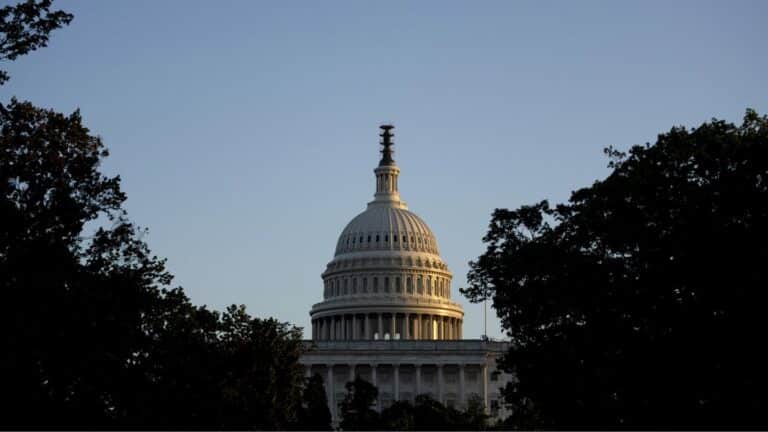
Rising interest rates aren’t just impacting consumers, but they’re also causing significant damage to the federal budget.
The government has paid $659 billion in the past year to service its massive debt. This is an increase of nearly $200 billion compared to the previous year and almost double the $345 billion paid in 2020 during the last full fiscal year under President Trump.
According to the Committee for a Responsible Federal Budget, the government now spends more on interest payments than it does on Medicaid, education, or veterans’ programs. This translates to $5,500 for every American household, as reported by the Peter G. Peterson Foundation.
Interest rates have surged in recent years, along with the federal debt held by the public, which has risen from $21.6 trillion at the start of 2021 to $26.6 trillion. The total U.S. debt, including intra-governmental loans, exceeds $33 trillion.
This double-whammy, combined with the persistently rising costs of Social Security and Medicare, has raised concerns about the government’s ability to fulfill its future financial commitments.
A new poll released by the Peterson Foundation shows that nearly 90% of voters want Congress to establish a bipartisan fiscal commission to propose solutions. Michael A. Peterson, the Foundation’s CEO, emphasized the importance of addressing the rising interest costs and stabilizing the debt to secure a stronger and more prosperous future for America.
Newly elected House Speaker Mike Johnson, a Louisiana Republican, has pledged to establish a bipartisan debt commission to tackle this crisis promptly.
The $659 billion in interest payments now ranks as the fourth largest line item in the budget, trailing only Social Security, Medicare, and defense spending.


